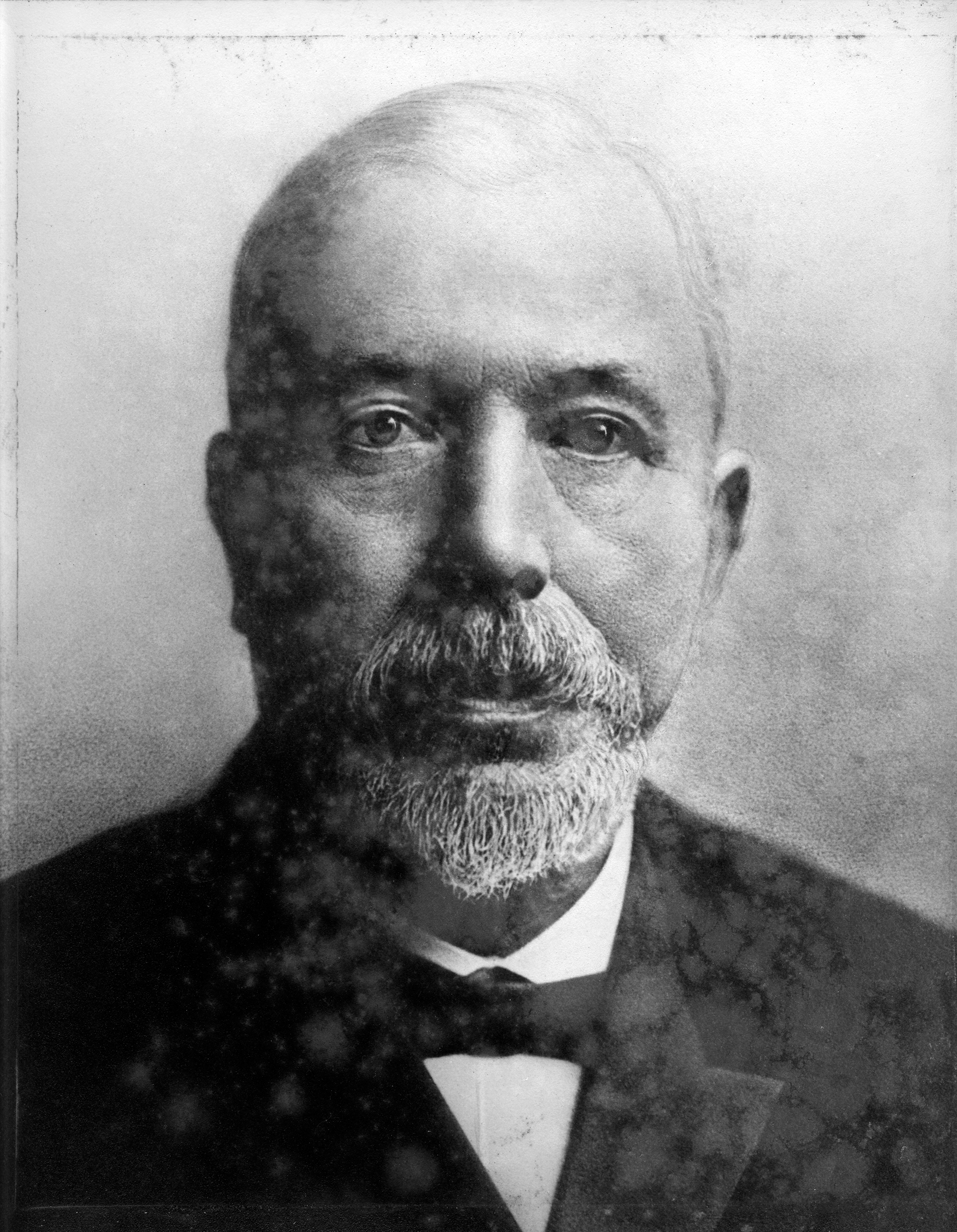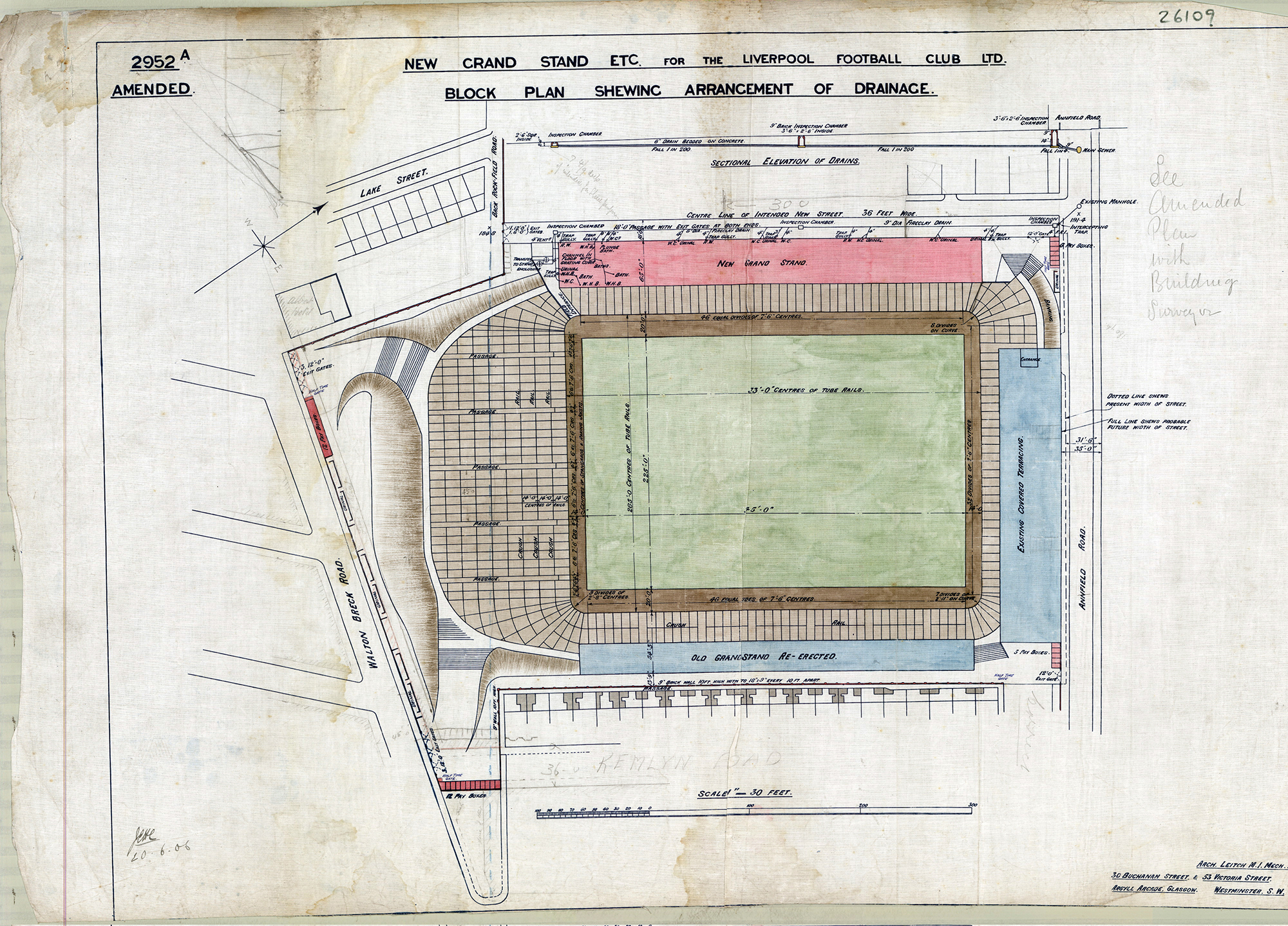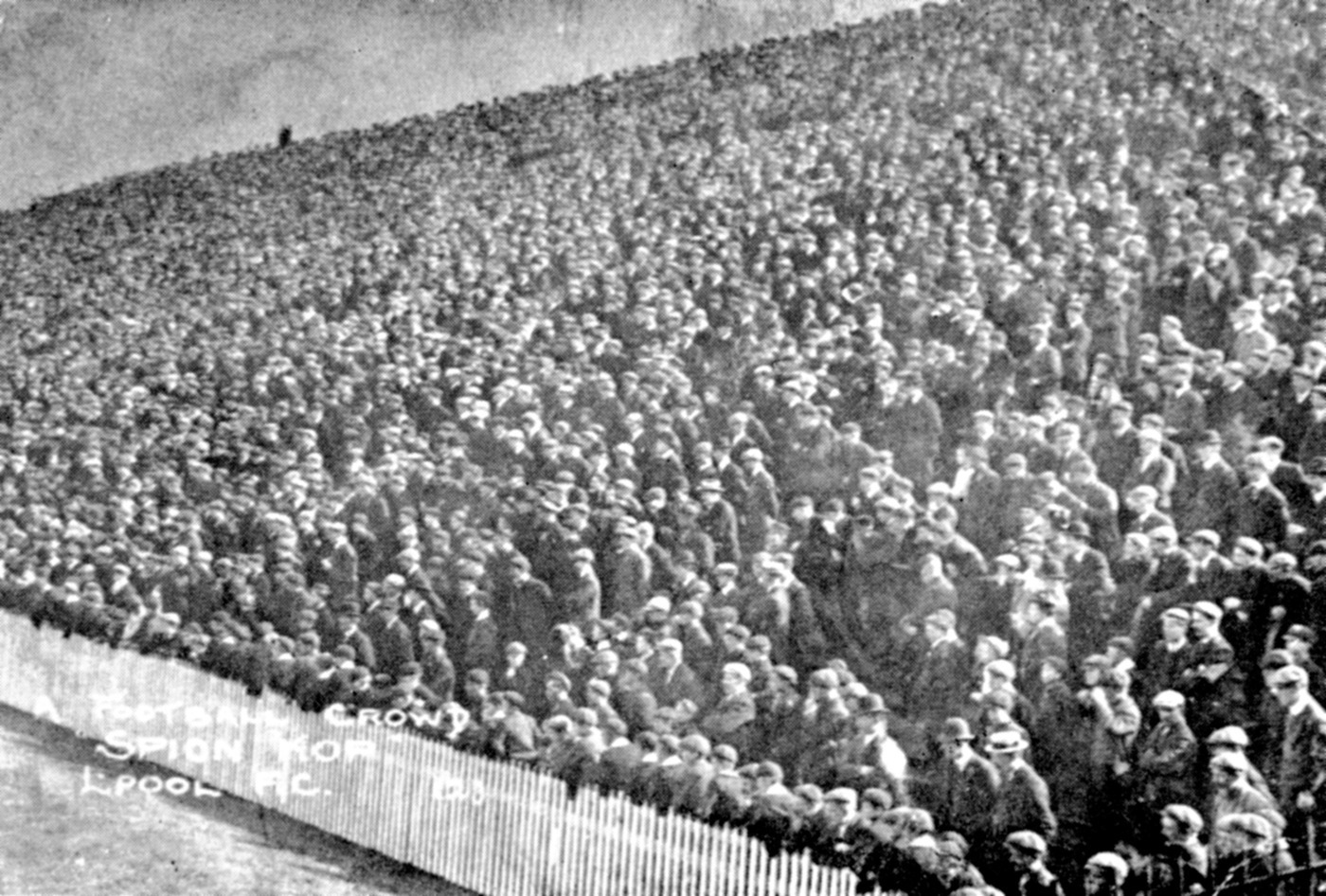Part One: they used to play cricket there…
As every Red knows, while Anfield is now synonymous with the ups and downs of Liverpool Football Club it was originally the home of our neighbours and derby rivals, Everton. Back in 1884 the Toffees were on the look-out for a new ground, having previously played at Stanley Park and Priory Road, and they decided upon a undeveloped piece of land in Anfield, owned by local brewers John and Joseph Orrell and previously home to Everton Cricket Club. The Blues leased the land for an annual rent of £100 and changed at the nearby Sandon Hotel which was owned by Everton president and local brewer, John Houlding. The first game was played on 27 September 1884 when Everton defeated Earlestown 5-0.

Scouse schisms!
In 1891 an important addition was made to the look of the ground which is still a striking feature of the stadium more than a century on: a 50ft flagpole which had once been the top mast of Isambard Kingdom Brunel’s ship the SS Great Eastern. Purchased by Everton FC from a shipyard in Rock Ferry, it was floated across the Mersey, hauled up to Anfield by a team of horses, and positioned at the corner of the ground where Walton Breck Road meets Kemlyn Road. Flying from it later that year was the ground's first league championship flag as Everton won the First Division at only their third attempt. But while there was success on the field there was discontent behind the scenes. A bitter dispute broke out when Houlding attempted to increase the rent only for Everton to move out to a new venue on Goodison Road. Houlding now had a venue but no team to play on it. Liverpool Football Club was born.
Champions
The new club's first fixture was a friendly against Rotherham Town on 1 September 1892. John Miller, a Scot who operated in the middle of the pitch, had the honour of scoring Liverpool FC's first goal in a 7-1 win. After one season in the Lancashire League, the team was elected to the Second Division of the Football League and progress continued at a steady pace. In February 1894 an FA Cup victory over Preston attracted a record attendance of 18,000. With crowds increasing, a new 3,000-capacity grandstand was built that summer. By 1901 Anfield was home to the champions of England for a second time with Liverpool FC following Everton's achievement of a decade earlier. Alex Raisbeck, one of the greatest players of his era, captained the Reds to the first of their 18 top-flight titles. On the back of this success, a new enclosure was built on the Anfield Road side of the ground, a year after the club’s founding father Houlding had passed away.


